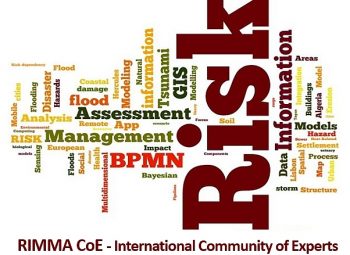EU Preparedness Union Strategy
The European Union is facing unprecedented threats – from geopolitical tensions and conflicts, cybersecurity and information manipulation risks, to climate change and increasing risks of natural hazards. To boost the EU’s ability to anticipate, prevent, and respond to these threats, the Commission has presented the preparedness union strategy.
The strategy aims to enhance the EU’s civilian and military preparedness and readiness for future crises so that all actors are ready and capable to respond quickly and effectively if needed. The strategy will help national preparedness efforts by enhancing coordination and efficiency within existing strategies and by fostering a culture of resilience through the engagement of all levels of society.
The strategy is based on
- integrated all-hazards approach: it focuses on preparing for and responding to all types of hazards, rather than addressing them separately
- whole-of-society approach: all sectors, organisations and individuals should be involved
- whole-of-government approach: government agencies and departments coordinate and collaborate to address hazards more effectively
Key Tools & Actions in the domains of
- Foresight and Anticipation
- Resilience of Vital Societal Functions
- Population Preparedness
- Public-Private Cooperation
- Civil-Military Cooperation
- Crisis response coordination
- Resilience through External Partnerships
https://commission.europa.eu/topics/preparedness_en
——————————————————————————————
Remarks:
Every such strategy needs a roadmap that leads to making implementation mandatory throughout all member states and, in consequence, serve as operational best practice for other international partners.
It is mainly the Information Management that transforms the narratives to implementation broad practice (guided by appropriate legal instruments that result in making realization mandatory)
Horst Kremers
